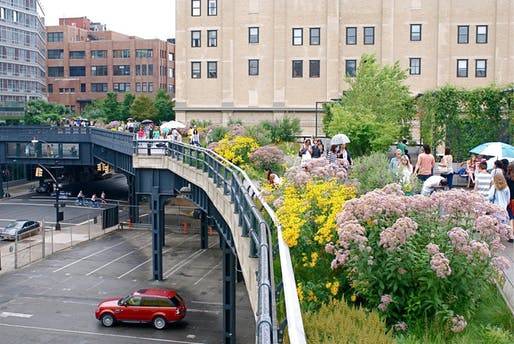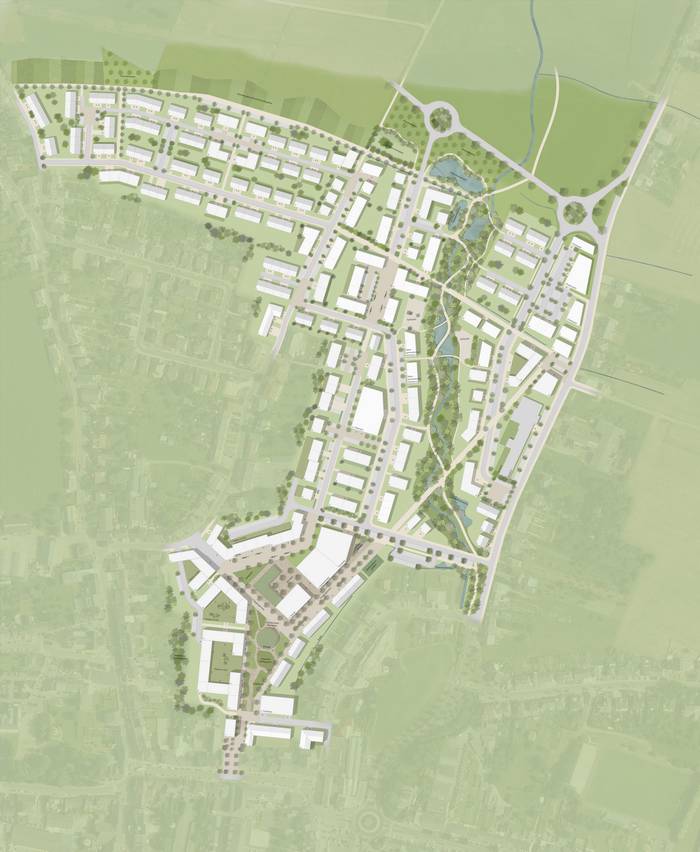
A resilient society – how urban design can have an impact on mental health and wellbeing
One in four people experience mental health problems at least once in their life. Among these, people who live in cities have an almost 40 % higher risk of depression, over 20% more anxiety and double the risk of schizophrenia, in addition to more loneliness and stress. The city of tomorrow therefore needs to promote good mental health by sustainable city design.
The Centre for Urban Design and Mental Health , a start-up think tank, has published a policy brief which should be taken into account by urban planners, managers, designers and developers. The Mind the GAPS Framework sets out the main elements to be considered when planning to put people’s mental health and wellbeing at the forefront :
Green Places │ Active Places │ Pro-Social Places │ Safe Places
Green Places Access to natural settings in neighbourhoods can reduce stress, improve social and cognitive functioning. This is in line with Edward Wilson’s Biophilia theory which recognizes that people have a biological need to be in contact with other species. Good urban design therefore needs to integrate green spaces and walkable spaces into all design so that people can integrate regular exposure to urban natures.
Active Places It is well known that exercise can be as effective as anti-depressants for treating mid-moderate depression. Therefore, active transport is on of the biggest opportunities by increasing safe walking and cycling routes, bike parking, reducing vehicle speeds and good public transport. It can range as far as simple measure such as making stairs more attractive that escalators.
Pro-Social Places Social interaction has a positive impact on our self-esteem, self-confidence and empathy. Belonging to a community can help intellectual performance as well as addressing feelings of loneliness.
In urban design terms, the possibilities to encourage social interaction are unlimited and range from small and cheap to important measures. Overall quality is more important than quantity – mixed uses, fine-grained streets, street benches, chess tables ….
Safe Places Everybody wants to feel safe and feelings of security in daily life is an important contribution to mental health and wellbeing. So in order to avoid chronic stress from feeling unsafe, urban design should include visibility of the location, clear public routes, no empty spaces that don’t clearly show whether they are public or private spaces. Including clear landmarks can have positive impacts for navigation of people with dementia.
With Luxembourg moving to a resilient way of planning, how can the impact of urban design on mental health be measured ? In light of the recently approved Loi du 15 mai 2018 relative à l’évaluation des incidences sur l’environnement et portant modification, the Environmental Impact Assessment has to consider the impact of a project of a certain size on human health. For practitioners and EIA specialists, it will be vital to consider that human health does not just refer to physical health but also mental health. This way, reasonable and meaningful measures can be integrated as mitigation measures into projects from the start.
Myriam Hengesch is an urban planner with 15 years of experience working in planning consultancy in Scotland and Luxembourg. Myriam Hengesch is heading up the planning and urban design team at Luxplan in Luxembourg since 2014.

Source : High Line, New York City, Image via nyclovesnyc.blogspot.com
Myriam Hengesch / L.S.C Engineering Group S.A
DDM Infogreen 13 “Construire demain”



















































